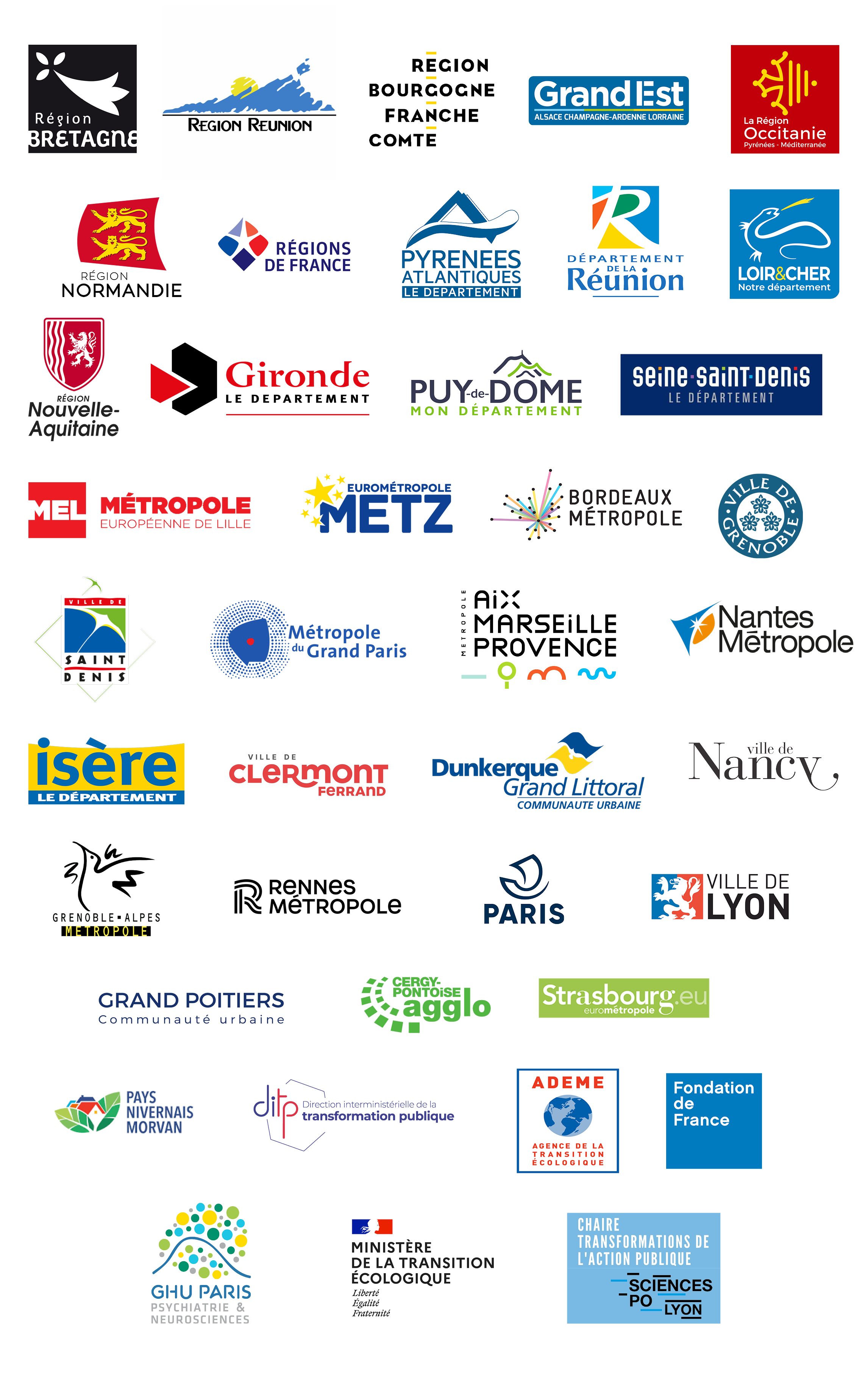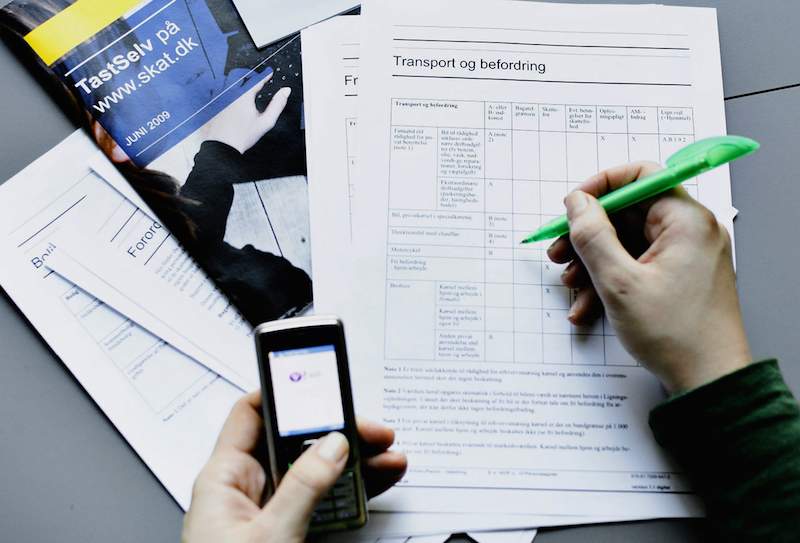Team
Institution and design: Ministry of Taxation of Denmark (Lene Krogh Jeppesen and Stine Dahl Borglum)
Challenge: Rethinking property tax declaration
As in every country across the globe, property tax letters are synonymous with confusion, and the Danish one is no exception, leaving its citizens in a desperate battle to make sense of unintelligible information (“What do these numbers mean?”) and a state of frustration (“Remind me again why I make money?”). Sent out to more than two million households, they spark a series of calls from distraught individuals. Though there are means in place to respond to these calls, the price tag is high, and the results lukewarm. Lene Krogh Jeppesen and Stine Dahl Borglum, both civil servants at the Ministry of Taxation of Denmark, have committed to tackling the problem before it is too late, and getting users involved upfront in the re-design stage of the existing system.
Process: a user-driven approach
In search of inspiration to rethink the letter content and declaration process, a team of civil servants at the Danish Ministry of Taxation looked to French author Sophie Calle and her book entitled “Prenez soin de vous” [Take Care of Yourself]. As part of the book’s development, the author had asked a panel of anonymous and expert members to analyze the break-up e-mail she recently received. A striking resemblance to the myriad nooks, crannies and layers cleverly hidden within the letter, the book houses an equal number of dissonant viewpoints. Drawing upon a similar set-up of individuals brought together for this purpose (a semiotician, an architect, a poet, etc.), the Danish civil servants mirrored the approach for their property tax letter rework. They took away five guiding principles, which were put to use in the letter rewrite process.
Outcome: A radical change in the taxpayer relationship
From this initiative emerged five findings:
1) The letter is viewed as an overbearing threat. What means exist to convey to the Ministry that it needs to work on seeing “eye-to-eye” with its public?
2) It conjures up images of the “Bermuda Triangle.” How can Danish citizens regain their grip in the decision-making process?
3) Its lifeless and legal-loaded jargon prompts every reaction except indifference. In what ways may skepticism be removed and sincerity reinstated in order to better relations between the Ministry and the public?
4) Just because it is spelled out in black and white doesn’t mean it is right. How can citizens ensure that they have fully understood the elements that pertain to them, and rest assured that the elements they have conveyed have equally been understood?
5) Lastly, the wording is viewed as apathetic and arduous. What is the point of investing so much time in complex phrasing when less literal and more human ways of conveying the same message exist?
All of these recommendations have been applied to the new letter and declaration process.



